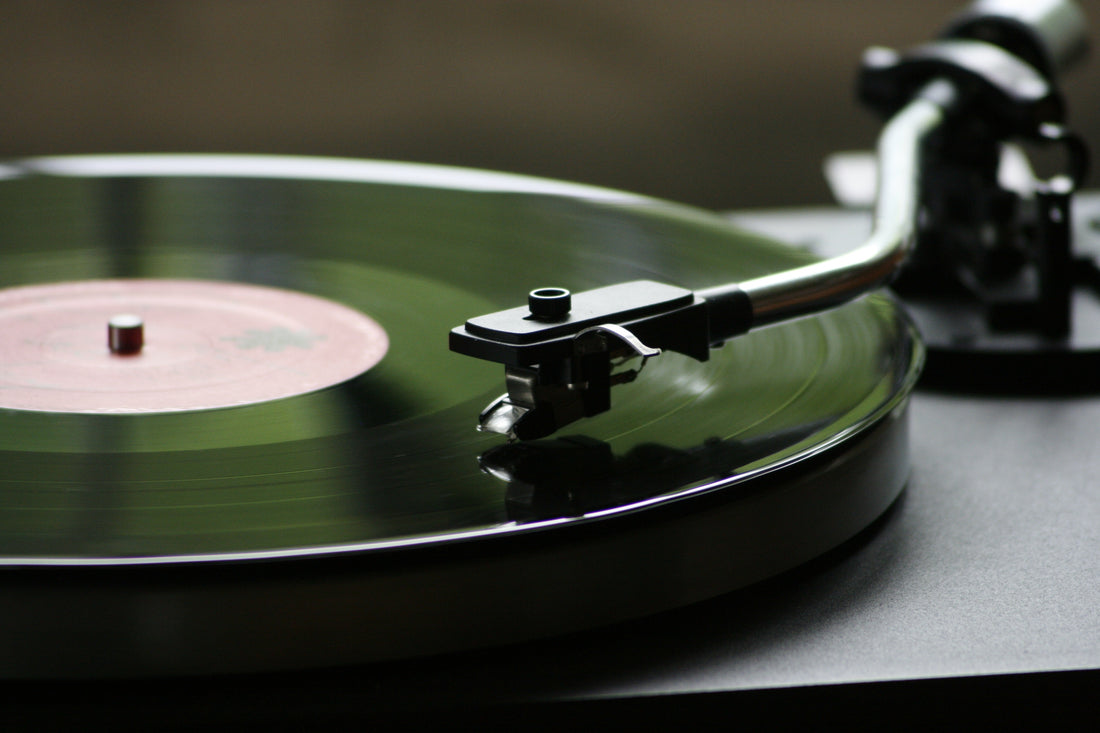
Adjust your turntable correctly
Share
Optimal adjustment of your turntable and cartridge is essential for flawless listening and to limit premature wear of your records.
Indeed, a bad setting can have disastrous consequences:
- stereophonic imbalance: a poorly aligned cell will favor one channel over the other and prematurely wear out one of the sides of the groove.
- premature wear due to too much or too little pressure: if the counterweight of the tonearm is incorrectly adjusted, the diamond will not be positioned optimally in the groove and will not accurately transcribe the information to be extracted from the record. The stylus will wear abnormally, which will require its early replacement and your records will suffer irreparable damage due to abnormal wear.
- premature wear due to an angle error: in the case of a turntable with a pivoting arm, the distance between the arm's rotation axis and the stylus is essential to maintain the best possible alignment of the diamond in the groove. If it is crooked, playback will be disrupted and your record will wear out more quickly.
- wear due to a problem with the height of the reading point: a cartridge that is not perfectly at the right height in relation to the surface of the record during reading will also cause wear and disturbance because the shape of the diamond has been defined according to this parameter.
Here are some tips to ensure the best longevity for your records and stylus.
Some tips:
- The turntable must be perfectly flat on both axes (width and depth). Use a spirit level, adjust the turntable feet, or add shock-absorbing shims if necessary.
- The arm should be properly adjusted if these adjustments are available, of course. Consult the manufacturer's manual, but generally the necessary adjustments have been made at the factory.
- The cartridge must be properly aligned and adjusted using a protractor. A protractor is a template that allows you to set the ideal position of the stylus in relation to the arm's rotation axis. Contact the manufacturer to obtain this template, or visit Vinylengine.com. There are also dedicated adjustment tools available for this purpose (e.g., the Pro-Ject Align It).
- The tracking force must correspond to the cartridge manufacturer's recommendations in order to limit wear on the stylus and not "machine" the record groove. With the cartridge mounted, adjust the counterweight until the arm is balanced in a horizontal position, set the floating mark to zero on the counterweight, then advance it to the correct value (the graduations generally correspond to the weight in grams). You can also measure the tracking force using precision mechanical or electronic scales dedicated to this purpose.
- The anti-skating, if present, must be set to the same value as the tracking force (value read on the counterweight after adjusting the tracking force). You can also use a smooth vinyl record: place your cartridge in the middle of the record, start the turntable so that it starts rotating, and observe the drift of the arm. You can then correct with the Anti-skating setting so that the arm stops moving towards the outside or the inside of the record.
- Tonearm height: Some turntables have this adjustment. The ideal height is achieved when the tonearm is parallel to the record during playback.
- Regularly check the condition of the stylus tip with a high-power magnifying glass and maintain it properly. We recommend ourStylus Cleaner to remove dust and debris from the tip.
- Change your stylus or cartridge at the first signs of fatigue (+500 hours of listening or duration indicated by the manufacturer).
A perfectly adjusted turntable, equipped with a good cartridge and a stylus in good condition, allows you to enjoy optimal listening of your records and, above all, will protect them from premature wear.
